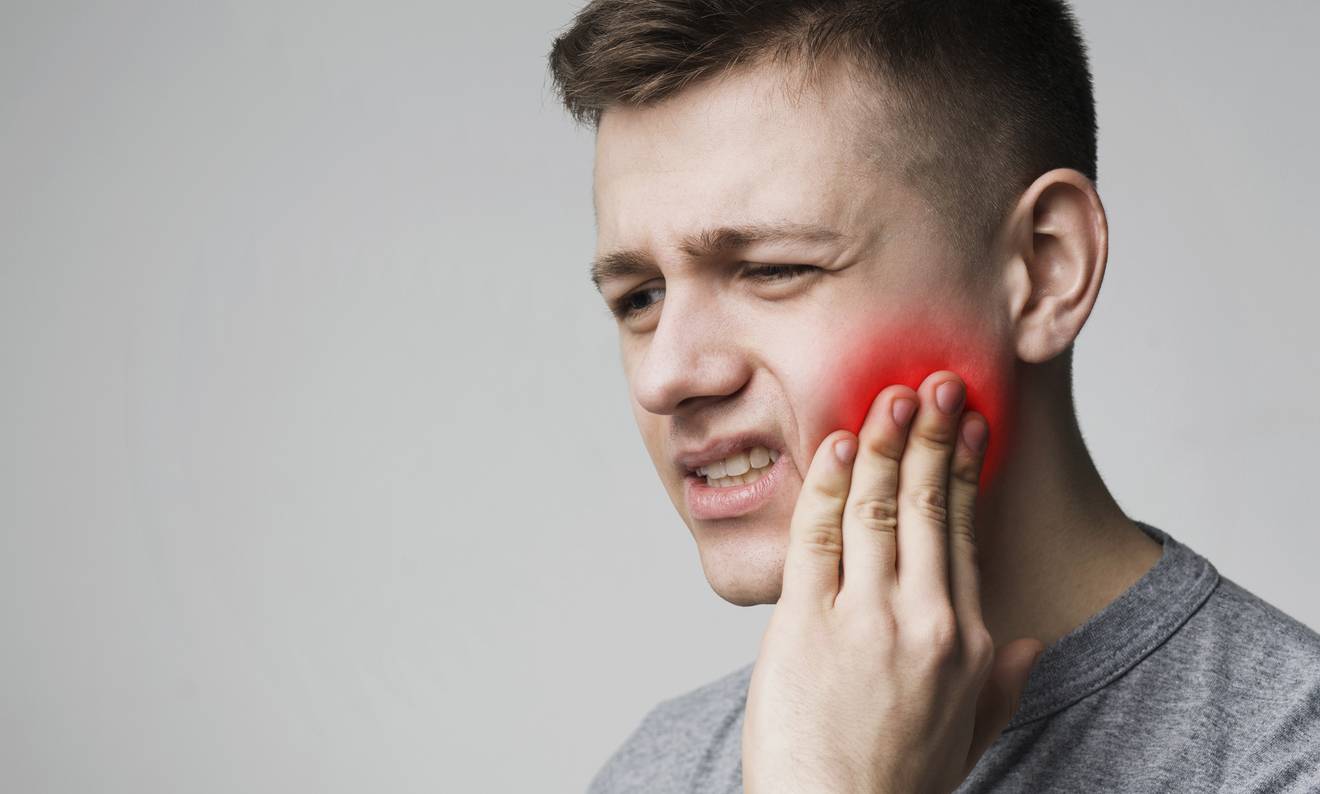If you’re like most people, you probably don’t think about your jaw very often. But if you’re experiencing problems with snoring or sleep apnea, the health of your jaw may be more important than you realise.
A Mandibular Advancement Device (MAD) can help open your airway and improve your sleep quality. If you’re looking for a MAD dentist near me or in the UK, we’ve got you covered with a list of top-rated qualified professionals who can help you get the treatment you need.
MADs work by moving the lower jaw and tongue forward, which opens up the airway and reduces snoring. While MADs are generally safe and effective, there are some potential side effects that you should be aware of. The majority of the side effects are mild and temporary, but in rare cases, they can be more serious.
Want to know more about Mandibular Advancement Devices? Read our blog:
Every Thing You Need to Know About Mandibular Advancement Device
This article will discuss the most common side effects of MADs and some less common but more serious ones.
Table of Contents
5 Side Effects of Wearing a Mandibular Advancement Device
1. Mucosal Dryness (Dry Mouth)
Out of the 22 patients with obstructive sleep apnoea (OSA), 86% of those who used MADs had much lower saliva flow and increased mucosal dryness in the morning. Most advanced salivary gland hypofunction patients have telltale symptoms of mucosal dryness.
The lips are frequently cracked, flaky, and wasting. The skin of the lips can become furrowed or lobulated, similar to parched earth in a desert environment. The mucous membranes of the mouth and tongue can become dry, cracked, fissured, or ulcerated. Sublingual glandular atrophy can cause a burning sensation under the tongue.
2. Hypersalivation (Excess Drooling)
In a study where 22 patients had their saliva volume measured, it was shown that there was an increase in saliva production in 55% of the patients. Wearing a MAD can cause hypersalivation or excess drooling. This is because the device moves your lower jaw forward, opening your airway and making breathing easier.
This can also lead to a build-up of saliva in your mouth.
This side effect is usually more common in the beginning, as your body adjusts to the new position of your jaw. It typically goes away after a few weeks or months. If it doesn’t, check with your dentist or doctor to see if the device needs to be adjusted.
3. Gum Irritation
In the same study, 22 patients were asked about their comfort levels while wearing the device. It was reported that only 7% of the patients experienced gum irritation. This is because the MAD fits snugly around your teeth, which can irritate your gums.
If you experience gum irritation, try using a softer material for the device or adjusting the fit. You can also try using orthodontic wax to cover any irritated areas.
4. Temporomandibular Disorders
The use of MAS has been linked to some people’s temporomandibular disorders (TMD). TMD is a group of conditions that affect the jaw joint, the muscles that control the jaw, and chronic facial pain. Symptoms include pain, clicking or popping sound when opening or closing the mouth, and difficulty chewing.
Talk to your doctor or dentist if you experience any of these side effects.
5. Toothache
Unlike braces, MADs don’t put any direct pressure on your teeth. However, because they change the alignment of your teeth, you may experience some discomfort, especially when you first start wearing the device.
Download our free anti-snoring guide

How to Tell if You’re Experiencing One of the 5 Side Effects of Wearing a MAD
If you’re wondering how to tell if you’re experiencing one of the 5 side effects of adult patients wearing MAD, here are some things to look out for:
1. Mucosal dryness: dry lips, cracked skin, furrowed tongue, burning sensation under the tongue, dry mouth
2. Hypersalivation: excess drooling, build-up of saliva
3. Gum irritation: red, inflamed gums, sore gums
4. Temporomandibular disorders: pain, clicking or popping sound, difficulty chewing
5. Toothache: discomfort when chewing, pressure on teeth
Talk to your dentist or doctor if you experience any of these side effects. They can help you adjust the device or find a different one that will work better for you.
The Importance of Monitoring Your Side Effects While Wearing a MAD
Not only is snoring and sleep apnea, but in all medical treatments and procedures, it’s important to be aware of the side effects that you might experience. This way, you can take the necessary steps to mitigate them and ensure you get the most out of your treatment.
MADs are generally safe and effective, but like any medical treatment, they risk side effects. By knowing what to look for, you can take the necessary steps to ensure that you’re getting the most out of your treatment and experiencing the fewest side effects.
Here are some things to keep in mind when monitoring your side effects while wearing a MAD:
• Keep a journal of your symptoms and how long they last. This will help you and your doctor or dentist identify any patterns.
• Be sure to take note of any changes in your symptoms, as this can indicate that the device needs to be adjusted.
• Talk to your doctor or dentist about any side effects that you’re experiencing. They can help you find ways to mitigate them.
•If you’re experiencing any more severe side effects, such as TMD or toothache, be sure to seek medical attention immediately.
Frequently Asked Questions on MADs Side Effects
How Long Does It Take To Get Used to a Mandibular Device?
The appliance will only take a few days to get used to for 95% of obstructive sleep apnea patients. Though it may feel strange at first, you should be able to sleep with the device in your mouth without any discomfort after a short time.
How Long Does a Mandibular Advancement Device Last?
How often you use and clean your device will affect how long it lasts. You should anticipate at least six months of effective life, possibly two years or more. Generally, you would replace your off-the-shelf MAD yearly and custom MADs every three years.
What Is a Potential Contraindication to Oral Appliance Therapy?
Oral appliances are contraindicated in the following conditions:
• Insufficient teeth to support the appliance
• Periodontal disease
• Illness
• A maximum mandibular protrusion distance of less than 6 mm.
• An active TMJ (Temporomandibular Joint)
Final Thoughts:
MADs are a safe and effective way to treat snoring and mild sleep apnea. However, like any other medical therapy, they have the potential for unwanted effects. The most common side effects of MADs are mucosal dryness, hypersalivation, gum irritation, temporomandibular disorders, and other sleep-related breathing disorders. Most of these side effects of mandibular advancement devices are mild and can be easily managed.
However, more severe mandibular advancement device side effects, such as toothache, can occur. If you experience any discomfort, be sure to speak with your doctor or dentist. They will help you adjust the device or find a different one to make you feel more comfortable.
Please comment below if you have any questions or suggestions.

